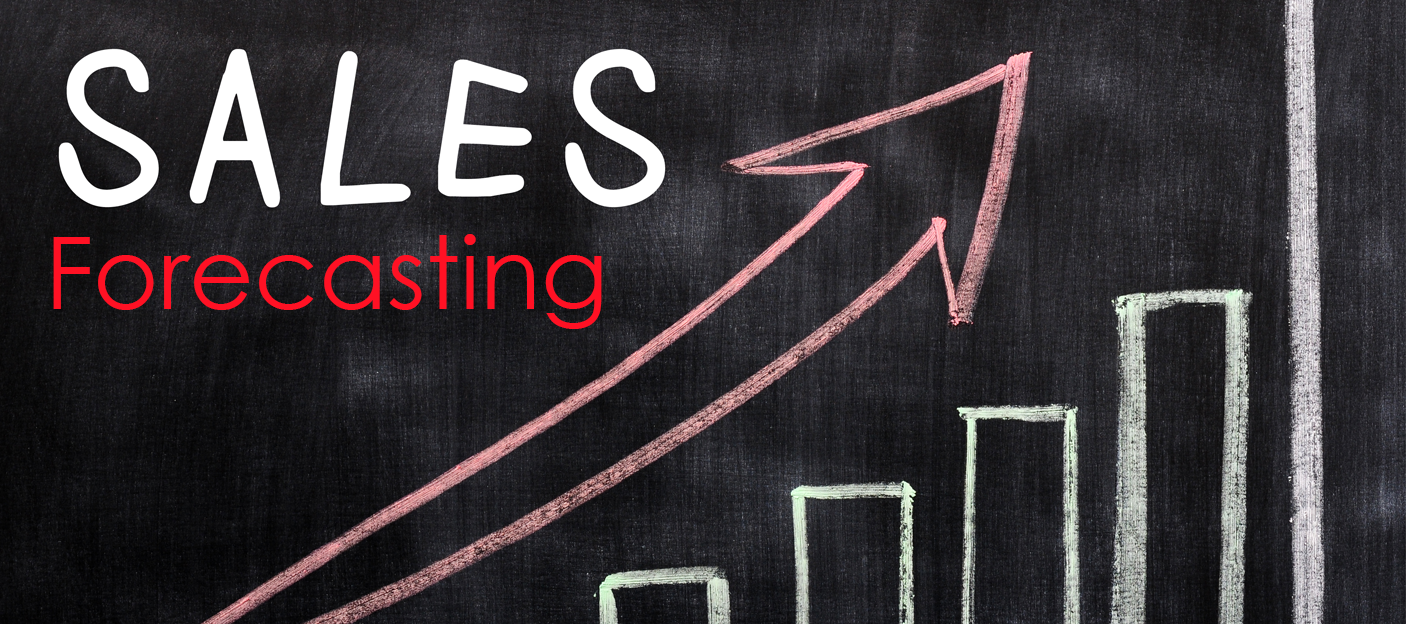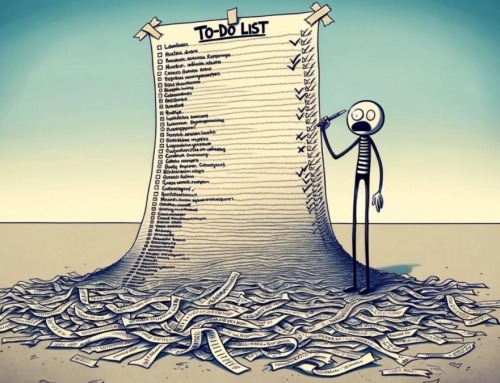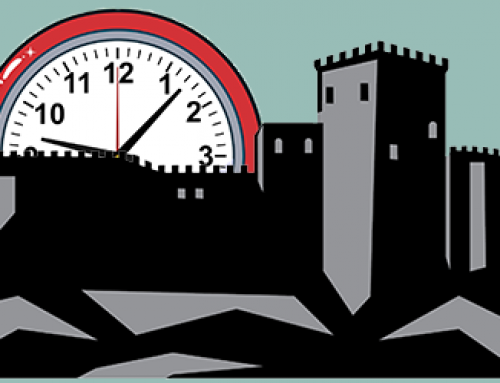With the arrival of another new year, many companies are already tracking their sales results against annual sales forecasts. Inevitably, some will discover that their sales results are not measuring up to the quotas and outcomes that they expected.
Of course, conditions in the marketplace and customer behavior often dictate sales success or failure, but another common reason for failing to reach sales targets is the forecast itself. Disconnects between your sales forecast and the reality of your sales environment can doom you to failure before you start selling.
Here are seven of the most common mistakes in sales forecasting and how you can avoid them and adjust your current forecast accordingly.
1. Letting hunches dictate your forecast
Gut feelings about the future and emotional reactions to sales trends are not a reliable indicator of what you can expect in your sales performance. Ultimately, relying on your feelings, whether positive or negative, is guess work. It relies on emotions rather than measurable data and actual evidence of customer behavior. While no amount of data or evidence will allow you to predict the future with total accuracy, predictions based on data, trend lines, and other empirical evidence will always outperform predictions based on hunches and other emotional indicators.
2. Ignoring your sales history
If you have access to data that represents your previous years’ sales performance, this is often the best indicator or predictor of future sales results. Unless you are launching a new business or you have radically reconfigured your product offering or sales and marketing strategies, insights from your sales history can reveal important trends, tendencies in customer buying behavior, and metrics that are highly predictive of future sales results. Specific metrics, such as the average time to close a deal and your sales conversion rates, can help you refine your forecasting approach and build a predictive model that helps you anticipate the end results that you should achieve based on the total volume of sales leads and opportunities that you expect to handle.
3. Failing to specify your buying stages
Purchasing a product or service typically involves your customer moving through distinct stages before they arrive at the decision to buy. These stages are usually grouped and classified as awareness, evaluation, and purchase. Each of these stages may involve multiple sales contacts and interactions with your brand, whether this happens through sales calls, emails, and face-to-face meetings or through content marketing and resources such as webinars, product demos, whitepapers, or videos. Whatever the specific touch points may be for your business, it is critical that you identify these stages and the accompanying milestones and customer behaviors that signal a transition from one stage to the next. This will help you understand your sales cycle, how it impacts results, and help you make more accurate predictions of customer behavior and end results in your sales forecast.
4.Relying on conflicting or limited data
In trying to develop an accurate forecast, you must use measurable data and empirical evidence, but you must also be careful to avoid relying on conflicting or limited data sources. Many companies use an array of spreadsheets, reports, and systems to track and compile data, but sometimes you may find that they provide conflicting indicators or that you are missing important data points that you need for sales forecasting.
If possible, take an opportunity to resolve any conflicts between data sources, investigate the possible causes, and take corrective actions that will ensure the future accuracy of your data. This can often be a good opportunity to collaborate with other team members or departments and solve problems that may have been otherwise unknown to your business.
Also, if you are missing any key metrics or performance indicators, work together with other team members and departments to identify the data points that are needed and create the mechanisms or reports that are needed to gather, compile, and track these metrics.
Of course, fixing problems like these can be time-consuming and may not be immediately possible given your timeline and resources. If so, then make your best effort to implement stop-gap measures and obtain more accurate and comprehensive data, but be careful to avoid relying on any figures that may still be conflicting or too limited to provide clear guidance for your forecasting.
5. Failing to adapt-as-you go
Whether you forecast annually, quarterly, or monthly, forecasts are almost always out of date because your sales environment is continuously changing and your sales are constantly moving toward the future. Statistical snapshots from a previous month, quarter, or year may ignore changing circumstances and come at a cost.
Ideally, your forecasting approach should be a real-time effort that tracks and takes into account these changes and new developments. When reviewing your forecast and sales results, everyone involved should not only refer to your forecast as a point of reference but also review real-time indicators that provide valuable data points and insights about what is happening now. As significant new trends, insights, or tendencies emerge, you should revise and update your forecast accordingly, to ensure that your predictions and expectations are up to date and always adapting to the reality of your sales environment.
6. Paralysis by over-analysis
Gathering the data and metrics that you need to create an accurate forecast can be a major challenge on its own. Likewise, it can be a daunting task to make sure that you are taking into account all of these indicators and developing a truly complete picture of what you can expect in your future sales. Even if you have all the comprehensive and detailed data that you need, there is a risk that you may slip into paralysis by over-analysis.
This is when collaboration with team members and using forecasting tools can be particularly useful. If possible, make sure that your sales forecasting is a team effort, divide up the analytical work, and rely on team members to share important insights that they find.
Also, there are many forecasting tools that are available and that can help automate and streamline your analytical and forecasting process. To help you plan and manage the overall forecasting process, consider investing in planning software that can help you define and set the goals for your process, manage the tasks involved, and stay organized throughout the effort. For specific analytical tasks involving data and metrics, there are software solutions that can help you compile, process, analyze, and visualize your sales data and convert it into meaningful insights and future projections.
7. Failing to Align On Your Sales Metrics
Despite your best efforts to avoid the previous six mistakes and develop an accurate sales forecast, your work can be undone if your sales team or management are not on the same page in terms of key performance indicators. At worst, you may have teams measuring different things, evaluating performance based on different indicators, and even developing their own forecasts based on their own metrics.
Always make sure to avoid misalignment and take a collaborative, team approach to sales forecasting. Make sure to secure buy-in and support from your key stakeholders. Decide on a core set of metrics and measurements that will be the basis for tracking and evaluating sales performance, and make sure that your stakeholders understand your forecasting process and agree to support the resulting data points that will be used to predict and measure your sales outcomes.
While no forecast can ever predict the future with 100% accuracy, avoiding these seven common mistakes and putting these best practices in place will maximize the predictability and effectiveness of your sales forecast. With the right approach to forecasting, you can enjoy greater confidence in your predictions, avoid the stress and disappointment of a disconnect between your forecast and reality, and use the insights that you gain and the metrics that you define to drive future success.






